#Persian civilization
Text
Ancient Iranian sword unearthed in Russia
Archaeological news of great significance:An ornate Iranian sword has recently been recovered during an excavation survey in the Black Sea Region,in the present-day Krasnodar Krai of Russia. Tehrantimes.com give us the whole image in details.https://www.tehrantimes.com/news/477732/Ancient-Iranian-sword-unearthed-in-Russia
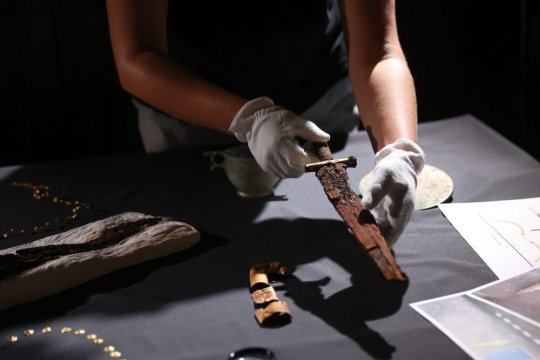
Dating back to the 4th to the 6th century CE, the sword, along with several relics, have been unearthed from a warrior burial, who was an inhabitant of the Taman Peninsula, Heritage Daily reported on Saturday.
The sword suggests a political and cultural connection with the Sassanian or Neo-Persian Empire from modern Iran and Iraq, likely given as a diplomatic gift or taken as a military trophy, the report added.
Also, the archaeological project yielded pieces of a harness, buckles, and belt tips, as well as high-status items such as glass jugs, wooden and metal utensils, and wooden boxes with decayed cloths.
There is no doubt that the cited warrior was a representative of the elite of Phanagoria and was a bearer of the military aristocratic culture of the Bosporan Kingdom in the Migration Period, said one of the members of the project.
The ancient city of Phanagoria was a Greek colony, first founded in the Taman peninsula by Teian colonists in the 6th century BC after a conflict with the Persian king Cyrus the Great. The city grew into a major trading center that, along with the associated necropolis, covers an area of over 2223 acres.
Image below:King Cyrus the Great. Source:https://heritage-history.com/index.php?c=resources&s=char-dir&f=cyrus1
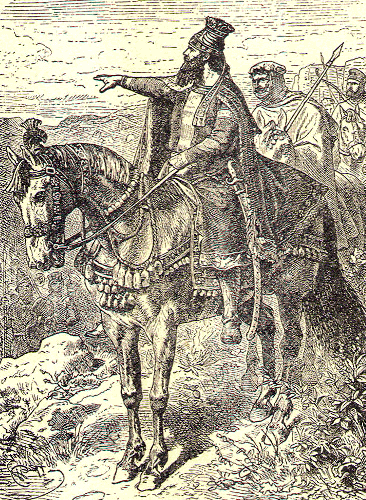
In many ways, Iran under Sassanian rule witnessed tremendous achievements of Persian civilization. Experts say that the art and architecture of the nation experienced a general renaissance during Sassanid rule.
In that era, crafts such as metalwork and gem engraving grew highly sophisticated, as scholarship was encouraged by the state; many works from both the East and West were translated into Pahlavi, the official language of the Sassanians.
The legendary wealth of the Sassanian court is fully confirmed by the existence of more than one hundred examples of bowls or plates of precious metal known at present. One of the finest examples is the silver plate with partial gilding in the Metropolitan Museum of Art in New York. The dynasty was destroyed by Arab invaders during a span from 637 to 651.
#ancient Persia#ancient Iranian sword#Krasnodar Krai#Phanagoria#king Cyrus the Great#Sassanian empire#Persian civilization#Russia#ancient Greece#Black Sea#ancient Greek colonies#culture#cultural exchanges#diplomatic gifts#ancient military trophy#heritage-history#arab conquest#Cyrus the Great
10 notes
·
View notes
Text
My roman empire is that people should make more big budgeted musicals about the ancient civilizations. We can have an Epic of Gilgamesh musical, the Trojan War, and any ancient story that was passed down through song for generations.
I wanna hear our ancestors come alive again and hear the beautiful words and stories that they’ve so passionately sang and written about-for us not to forget about them.
#roman empire#epic of gilgamesh#trojan war#achilles#ancient history#ancient civilizations#greek poems#middle eastern poems#persian poems#musicals#epic the musical
64 notes
·
View notes
Text

Rare Bronze Mirror Found in 2,300-Year-Old Grave of Greek Courtesan in Jerusalem
Archaeologists in Israel have discovered what they believe to be the remains of an Ancient Greek courtesan.
The cremated remains of a young woman were found in a burial cave alongside a perfectly preserved bronze box mirror on a rocky slope close to Kibbutz Ramat Rachel, not far from Jerusalem.
The tomb is believed to date back to some time between the late 4th century and early 3rd century BCE, according to a joint study carried out by Tel Aviv University and the Israel Antiquities Authority (IAA).
Guy Stiebel, from the department of archeology and the Ancient Near East at Tel Aviv University, saiid in a phone interview that the find is “very significant.”
“It’s almost like bringing back to life a woman who passed away 2,300 years ago,” he said of the research, which he compared to a “jigsaw puzzle or riddle.”
He and his team believe this could be the first discovery of the remains of a hetaira, as courtesans were known in Ancient Greece.
“If we are correct with our interpretation, it appears that this burial points to the very unique circumstances of what we call a hetaira, a Greek lady who accompanied one of the Hellenistic government officials, or more likely a high general,” he said.
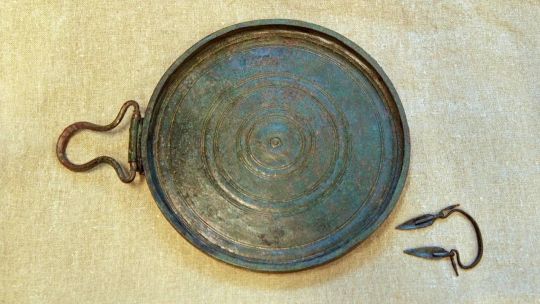
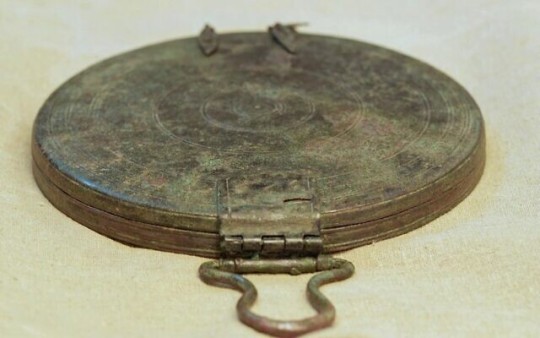

In the Middle East and eastern Mediterranean, the Hellenistic age refers to the period between the death of Alexander the Great in 323 BCE and the conquest of Egypt by Rome in 30 BCE. Stiebel said that he and his team believe the woman would have been among the first Greeks to arrive in the region.
Liat Oz, the director of the excavation on behalf of the IAA, described the mirror found in the tomb alongside the remains.
“This is only the second mirror of this type that has been discovered to date in Israel, and in total, only 63 mirrors of this type are known around the Hellenistic world,” she said in a news release about the discovery.
“The quality of the production of the mirror is so high that it was preserved in excellent condition, and it looked as if it was made yesterday.”
Folding box mirrors such as this were documented in tombs and temples in the Greco-Hellenistic world, the researchers noted. They were usually decorated with engravings or reliefs of idealized female figures or goddesses.

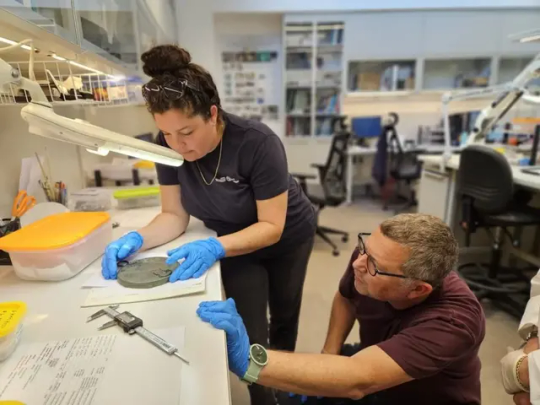
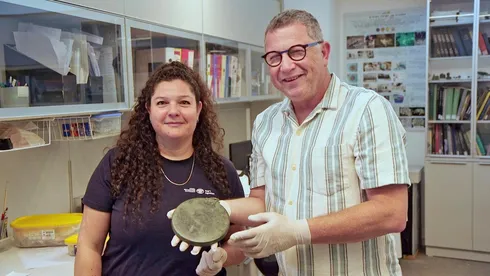
Stiebel said a woman of high status might have received such a mirror as part of a dowry, but this was unlikely to have been the case in this instance as married women rarely left their homes in Greece.
Alternatively, he said, she might have been a courtesan, as they often received gifts from men. Likening the hetairai to Japanese geishas, Stiebel explained that the women were regarded as “muses.”
He said: “Women in society were breaking glass ceilings in very strict and male-oriented Greek society and we do know that they served not only as sexual escorts, but were similar to geishas and provided an element of culture. For that they were given gifts and part of the economy of gifts in Ancient Greece had to do with mirrors.”
The fact the remains were cremated also hinted at the woman’s origins, Stiebel said.
“Cremation is alien to this country and the religion,” he said, explaining that cremation is not only forbidden in Judaism but would not have been practiced by the Persian empire either, which occupied the region at that time.
“The tomb was found in the middle of nowhere, not near any village or farm or settlement, which suggests that she would have been connected with one of the military campaigns and dated to the time of Alexandra the Great or slightly later.
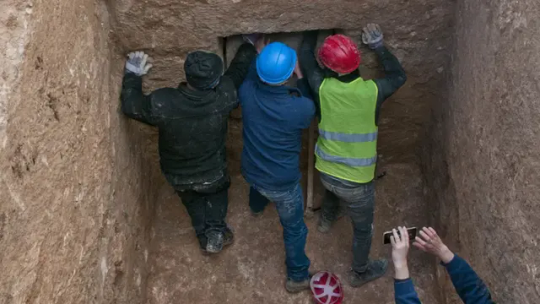


“We are suggesting that maybe she was with one of the generals.”
Stiebel went on to explain the significance of four iron nails found with the mirror and remains.
“Nails were used to protect the deceased and also to protect the living people from the dead. The bodies were literally nailed down to ensure they will not come back to the world of the living,” he said.
Stiebel said that the team are continuing with further research in order to “zoom in” on the finer details of the mirror.
He said: “We hope to shed more light on the origin of the production of the art and maybe shed more light on the history of the owner of the mirror, the general who bought it or where she came from.”
The research will be presented for the first time at an Israeli archaeology conference next month.
By Lianne Kolirin.
#Rare Bronze Mirror Found in 2300-Year-Old Grave of Greek Courtesan in Jerusalem#Ancient Greek courtesan#Kibbutz Ramat Rachel#ancient tomb#ancient grave#ancient artifacts#archeology#archeolgst#history#history news#ancient history#ancient culture#ancient civilizations#hellenistic period#persian empire#greek history
80 notes
·
View notes
Text
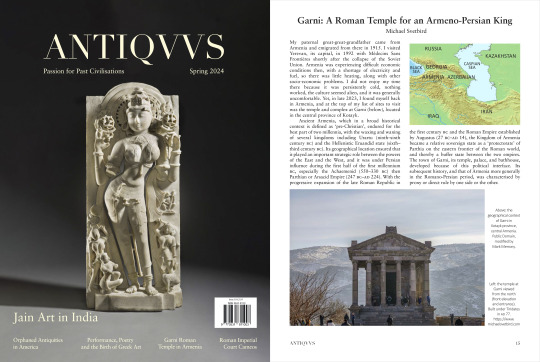
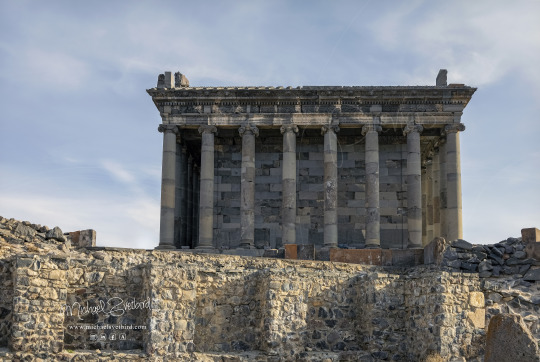
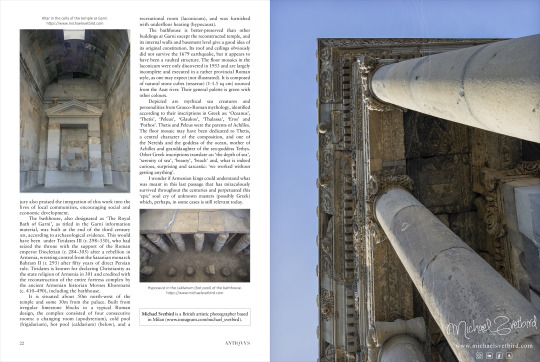

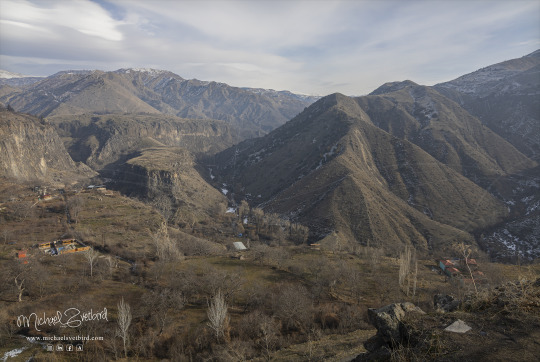

ANTIQVVS Magazine Spring 2024 Issue is out now with my:
"GARNI: A Roman Temple for an Armeno-Persian King" Illustrated Article [Page 15]
Web: https://www.antiqvvs-magazine.com
IG : @ antiqvvsmagazine | instagram.com/antiqvvsmagazine
FB : facebook.com/antiqvvsmagazinvs
X : @ Antiqmag | x.com/Antiqmag
Please consider subscribing:
https://www.antiqvvs-magazine.com/subscribe-world
#antiqvvs#antiqvvs magazine#spring issue#ancient civilizations#magazine#publication#article#ancient#garni#armenia#roman#temple#parthia#parthian#persian#ancient rome#ancient history#archaeology#antiquity#culture#heritage#museology#museum#art history#antiquities#architecture#art photography#illustration#archaeology photography#michaelsvetbird
3 notes
·
View notes
Text
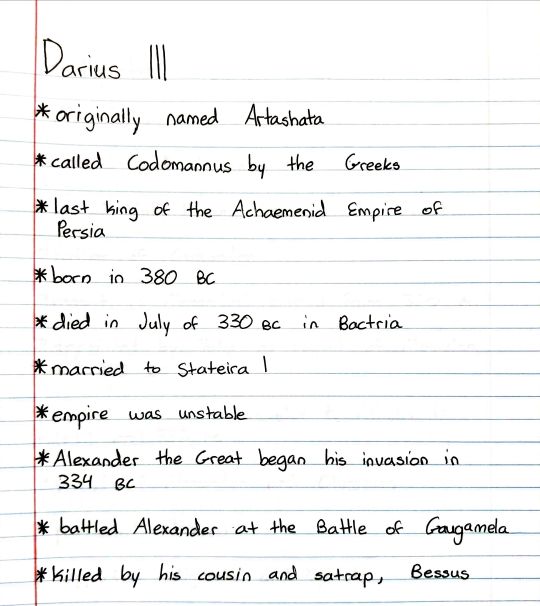
Patreon
#studyblr#notes#history#historyblr#world history#western civ#western civilization#greek history#alexander the great#codomannus#darius III#artashata#persia#persian history#battle of gaugamela#bessus#darius of persia#bactria#ancient history#ancient greece#ancient persia
2 notes
·
View notes
Text
me when i take the misogynist civilization class: man why is there misogyny in here
#the misogynist civilization is ancient rome btw#and like i hate those historically incorrect girlboss retellings but i might get it a little bit... its a coping mechanism#<< dont slaughter me for that please#shout out 2 my teacher for mentioning the persian empire absolutely slaughtering some Greek king though that rly cheered me up
7 notes
·
View notes
Text
#this has been going on for a while but it’s worth mentioning as cautionary tale as well as a evidence that it’s not so painless.#but before I can really make my point we need to understand how some of us are quite uncivilized and more ignorant than we like to admit#we live a great new world that’s never been so since we started civilization as far as we can find archaeological evidence and#somehow we keep acting like we had better#it’s that many of us the poor the working the middle and the affluent think#that our material wealth is for real ours and somehow we can disassociate ourselves from all responsibilities#simply put its to act like living in democratic earth but expect to freely condoning and funding uncivilized things#the cautionary tale is that for any of you rich assholes like chinese russians arabs persians egyptians#do not get so uncivilized to advocate war and expect to keep your toys abroad in the civilized earth under the world order#and faking or staying low key won’t work. if war is to truly break out#all you Uber rich chinese and russian and arab mofo will lose all your shit.#mark my words-if you’re so Uber rich and cannot understand it then that’s how uncivilized you’ve become#russia#ukraine#taiwantalk
2 notes
·
View notes
Text
Weavers, Scribes, and Kings Book Review
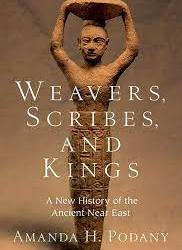
I just finished reading Weavers, Scribes, and Kings by Amanda H. Podany, and I would like to share my thoughts with you.
What is this book about? Simply put, this book is about the history of the Mesopotamia area that covers the time of the Uruk period (3500 BCE) all the way to the death of Alexander the Great (323 BCE). The author covers all the great civilizations that rose and fell during this period, such as the Sumerians and the Akkadians and the Assyrians and the Babylonians and the Persians. She also looks at the lives of various people who lived during this time, such as scribes and priestesses and textile workers and traders and slaves and kings.
What do I like about this book? I like the writing style, for the words flow seamlessly and effortlessly. I also like how she tells the history of Mesopotamia in a chronological and coherent order that's easy to follow. She also manages to tell this history in an engaging and entertaining manner. Also, the breath of knowledge she covers in this book is mind boggling! I can't even begin to imagine how many hours of research she must have spent in order to create this phenomenal masterpiece.
What do I dislike about this book? There's really nothing I dislike about this book. If I had to nitpick, I would say that the pictures could have been of a higher resolution. Some of them were hard to see.
What do I rate this book? I rate this book a solid five out of five stars.
Would I recommend this book? Yes.
Why would I recommend this book? I would recommend this book because it provides a comprehensive and in depth history of the ancient Mediterranean world.
To whom would I recommend this book? I would recommend this book to anyone interested in Bronze Age Civilizations and how people lived in the past.
Well, that's all I have for today. Until next time, take care and stay curious.
#mesopotamia#history#ancient civilizations#ancient history#akkadian#sumerian#babylonian#assyrian#persian#book review
1 note
·
View note
Text
#fox news#wall streeet journal#ancient civilizations#sky news#my journal#historical#journal#historic architecture#asian history#iran news#cnn news#bbc news world#persian#historic#washington post#latest news#journaling
1 note
·
View note
Text
Rambling 241: The Forest of Shadows
What connects us to the Shadow Realm so deeply? Why do the Mayans continue to reveal deeper and deeper roots associated with the Egyptians? And how do the Sea People have such massive advancements on even the most technological of civilizations? Trying to find any information on the Shadow Realm after consistent data shows ancient research teams contained Jinn and other Shadow Realm creatures as members, the duo are taken far back in time into the past of the Persians, back when they were still known as the Sumerians. What pops up in this research answers questions the duo didn’t even know they had, but leave new standing questions behind.
Sumerians
The Persians
Shamash
Judge for the Jinn
Ganzir
Cizin
Ix Chel the Prodigy
Inanna and the Fruit of Knowledge
El
The Forest of Shadows
The Bridge of Realms
Our Links:
Official Website - https://greythoughts.info/podcast
Twitter - https://twitter.com/JustConvoPod
Facebook - https://facebook.com/justconvopod
Instagram - https://instagram.com/justconvopod
#The Shadow Realm#Shamash#Sumarians#Sea People#Persians#Earth Gods#Sun Gods#Research#Science#Advanced Civilization#Eloheim#El#God#Jehovah#Cizin
1 note
·
View note
Text

https://www.instagram.com/reel/CsbWgy2A3nP/?igshid=MzRlODBiNWFlZA==
IMO .. The most captivating tales in Egyptian history is The Story of Sinuhe, one of the most well-preserved works recovered from ... (I read it at least 3-4 times when I was 13, I fell in Love with that story and and felt strong synchronicity in my spirit..)
Pharaoh Amenemhat I, the story follows the life of Sinuhe, a courtier whose life takes a dramatic turn following ...
#ancient egypt#ancient greece#ascension#disclosure#ancient persia#collective#5d consciousness#ancient civilizations#babylonians#sumerians#annunaki#persians#egyptians
0 notes
Text
Aryan - World History Encyclopedia
Author’s Note: We realize what the title of this post is. And it’s NOT what you think. Just like with a certain icon of a certain German political party that had a certain mustached leader, this word has changed over the years. The Aryans really were a group of people. Whether or not the Aryans were Caucasian is highly debated. There is little historical evidence for this.
Also, as always, we…
View On WordPress
#Arya#Avesta#Avestan#Buddhism#Central Asia#Four Bible Truths#Harappan Civilization#Hinduism#Indo-Iranian#Indo-Āryan#Kazakhstan#Mehrgarh#Neolithic#Out of India Theory#Persians#Sanskrit#Vedas#Zoroastrianism#Āryan
0 notes
Photo
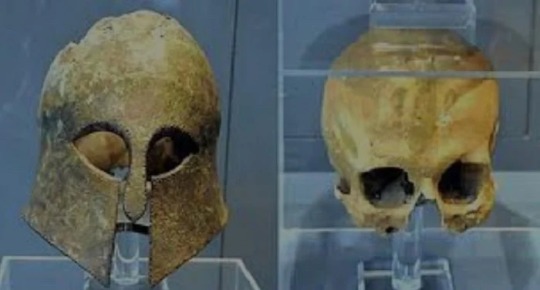
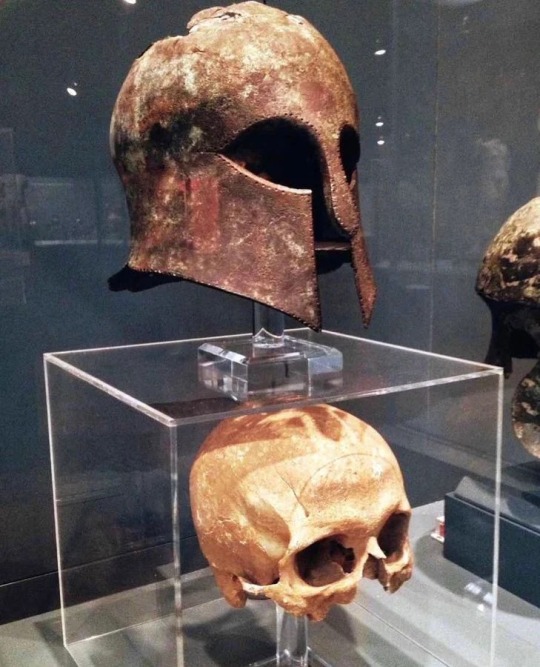
Battle of Marathon: The Helmet With the Soldier’s Skull Still Inside
This remarkable Corinthian-style helmet from the Battle of Marathon was reputedly found in 1834 with a human skull still inside.
It now forms part of the Royal Ontario Museum’s collections, but originally it was discovered by George Nugent-Grenville, who was the British High Commissioner of the Ionian Islands between 1832-35.
A keen antiquarian, Nugent-Grenville carried out a number of rudimentary archaeological excavations in Greece, one of which took place on the Plains of Marathon, where the helmet was uncovered.
A pivotal moment in Ancient Greek history, the battle of Marathon saw a smaller Greek force, mainly made up of Athenian troops, defeat an invading Persian army.
There were numerous casualties, and it appears that this helmet belonged to a Greek hoplite (soldier) who died during the fighting of the fierce and bloody battle.
The Athenian army under General Miltiades consisted almost entirely of hoplites in bronze armor, using primarily spears and large bronze shields. They fought in tight formations called phalanxes and literally slaughtered the lightly-clad Persian infantry in close combat.
The hoplite style of fighting would go on to epitomize ancient Greek warfare.
Today the helmet and associated skull can be viewed at the Royal Ontario Museum’s Gallery of Greece.
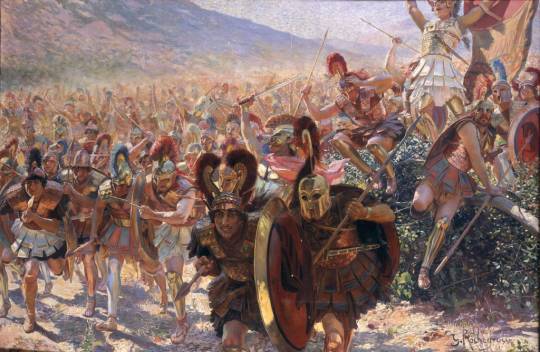
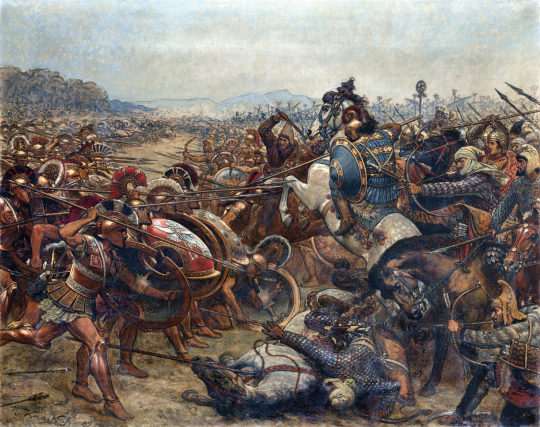

Battle of Marathon saved Western Civilization
It was in September of the year 490 BC when, just 42 kilometers (26 miles) outside of Athens, a vastly outnumbered army of brave soldiers saved their city from the invading Persian army in the Battle of Marathon.
But as the course of history shows, in the Battle of Marathon, they saved more than just their own city: they saved Athenian democracy itself, and consequently, protected the course of Western civilization.
According to historian Richard Billows and his well-researched book Marathon: How One Battle Changed Western Civilization, in one single day in 490 BC, the Athenian army under General Miltiades changed the course of civilization.
It is very unlikely that world civilization would be the same today if the Persians had defeated the Athenians at Marathon. The mighty army of Darius I would have conquered Athens and established Persian rule there, putting an end to the newborn Athenian democracy of Pericles.
In effect, this would certainly have destroyed the idea of democracy as it had developed in Athens at the time.
The Battle of Marathon lasted only two hours, ending with the Persian army breaking in panic toward their ships with the Athenians continuing to slay them as they fled.
In his book, however, Billows calls the Battle of Marathon a “miraculous victory” for the Greeks. The victory was not as easy as it is often portrayed by many historians. After all, the Persian army had never before been defeated.
By Tasos Kokkinidis.


#Battle of Marathon: The Helmet With the Soldier’s Skull Still Inside#greek helmet#persian army#general miltiades#king darius i#ancient artifacts#archeology#archeolgst#history#history news#ancient history#ancient culture#ancient civilizations#ancient greece#greek history#long reads
87 notes
·
View notes
Text
How Islam Saved Western Civilization
youtube
#islam#photography#youtube#islamic#muslims#allah#quran#prophet muhammad#history#world history#arabs#persian#persian empire#christianity#roman empire#byzantium#byzantine#spain#europe#western civilization#al andalus#andalucia#andalusia#iberia#portugal#library of alexandria#egypt#ancient egypt#ancient greece#china
1 note
·
View note
Text
excited abt sumeru but also lowkey kind of worried sladkfj
#the designs so far have all been based on specific countries#but like sumeru seems to be a mix of persian indian islamic civilizations dfskjfkdf#idk what to make of it#sldkfjdj but i mean. so far they've done well right... maybe theres nothing to worry about lol#mali.txt
1 note
·
View note
Note
Since requests are closing in a few days, I just wanted to put another one in. No rush go get it done of course!
I want to request a oneshot/reaction where Alexander gives reader a really, REALLY expensive necklace. Maybe it's a wedding present, a just because present , or something following the birth of the twins. You can decide what you want to do with that 😁!
Also, I keep picturing a necklace made of opal??? Not only is it a stunning gem stone, but it was also thought to be the tears of Zeus in ancient Greece, which would be an interesting tie to Alexander. Again, it's just a suggestion. You can use whatever gemstone you want!
Thanks, and take care ❤️❤️❤️!
--O-
❝ 📜— lady l: this had been sitting in my drafts for a while and I finally decided to write it. I got a little carried away, so it's a little big, but I hope you like it and if you want to order anything else, feel free, anon! Good reading and forgive me for any mistakes! ❤️
❝tw: none, just fluff and very soft!Alexander.
❝📜pairing: yandere!alexander the great x female!reader.
❝word count: 1,308.
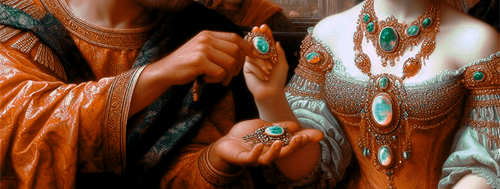

Alexander wanted to find something to give you. Something expensive and extravagant, something that would leave you impressed.
He felt like he owed you that. Not only had you given birth to his children, but you were loved by him and he wanted to please you. He thought of several options: a horse, silk clothes, food and even drink. He still wasn't sure what you might like.
Until he had an idea after talking to Hephaestion. He was the one who gave you the idea of giving you a necklace made from a special and rare gem. And he knew it was the right choice to make.
It was no easy task to get a merchant to have the necklace he liked and deemed worthy of you to wear around your delicate neck, but after the fifth try with a different merchant, he finally knew what your gift should be. He decided to gift you with an opal necklace, a jewel that reflected the beauty and mystery of his passion.
It would change color and he would know that it would look beautiful and graceful on your neck. Everything about you was beautiful and graceful, so the necklace would only stand out on you and no one else.
This opulent piece was adorned with the most dazzling opals that could be found in the entire Empire. Each stone sparkled with vibrant colors, dancing like the aurora borealis reflected in the starry night. The necklace was a unique treasure, a harmony of opalescent hues, displaying hues of celestial blue, emerald green, and royal purple.
The merchant who sold it told him a story about the necklace and it was this story that convinced him to buy it. According to the Persian merchant, legend said that opals were gifts from star spirits, who bestowed their blessings on those who used them with love and wisdom. The necklace was not just a piece of jewelry, but a source of magical power. Its colors and reflections were believed to contain the essence of nature, connecting the wearer to the spiritual realms and bringing fortune and protection.
Whoever owned the opal necklace was seen as a keeper of ancient secrets, an heir to the ancient magic that flowed through the precious stones. It was said that opal possessed the ability to amplify intuition and creativity, allowing the wearer to see beyond the ordinary, opening doors to new possibilities and inspiration.
After this explanation, Alexander knew that this necklace must be yours. Not just because of your story, but because of who you were. From when you really came. No one was more worthy than you.
There was also another version of the story that convinced him to buy it. Knowing how religious Alexander was, the merchant also told him that the opal was made from the tears of Zeus. Long ago, at the beginning of Greek civilization, when the gods walked among mortals, Zeus, the mighty king of the gods, shed tears of joy and sorrow over human fate. These tears, upon touching the earth, transformed into radiant stones known as opals, carrying within them the duality of emotions of the great god.
Thus was born the opal, a legendary gem forged by Zeus' own tears. Each stone was shaped from divine emotions, capturing the essence of heaven and earth. Its unique iridescence reflected not only the colors of the rainbow, but also the contrasting feelings of joy and sadness, hope and despair, harmonized in an eternal dance of light and shadow. Ancient sages believed that the necklace was not just a manifestation of beauty, but rather a link between mortals and the gods. It was said that whoever wore the opal necklace would be enveloped in the protection of Zeus and would have the divine wisdom to navigate life's challenges.
And maybe when little Aella grew up, he could give her a necklace similar to the one he chose for you.
He smiled at the thought and with the necklace inside a small wooden box with gold ornaments, he walked to the room you shared in the Babylonian palace. Straightening his posture, Alexander knocked on the door and after hearing a soft ''come in'', he opened the door and smiled widely when he saw you sitting in a padded chair with Aella in one arm and Cyrus in the other. He fell silent when he realized the twins were asleep.
You looked at him and smiled softly when you saw what he had in his hands. Alexander placed the box on a table next to the bed and approached you, carefully taking Cyrus in his arm. You smiled lovingly when you saw him cuddling the baby in his arms.
Whispering, Alexander says, ''I have something for you.''
You smiled and asked curiously, ''What is it?''
Alexander carefully picked up the box with the arm that wasn't swinging Cyrus and placed him on your lap, looking at you expectantly. You smiled and opened the box with a little difficulty due to the sleeping child in your arms. Your eyes widened when you saw the lush opal necklace. You had never seen such beautiful jewelry.
Alexander, who was watching you like a hawk, smiled at you.
''Alexander, that's…'' You swallowed and took the necklace in your hand, carefully observing its details. The necklace was a magnificent piece, a heavenly masterpiece that captivated the eyes of all who dared to gaze upon it. Every aspect of the necklace was a symphony of intertwined beauty and magic.
The centerpiece of the necklace consisted of a main opal, a generously sized gem that radiated an unparalleled iridescent glow. This central opal was an explosion of celestial color, with soft, shimmering hues that moved like an aurora borealis trapped within the gemstone. Its tones ranged from the deep blue of twilight to the lush green of enchanted forests, and occasional glimpses of the deep red of divine fire.
Around the main opal, a series of smaller opals were skillfully arranged, forming a necklace that seemed to have been woven by the stars' own hand. Each smaller gem had its own color personality, some glowing an ethereal blue, others a crystalline green, and still others with purple and gold hues reminiscent of the sun setting over distant mountains.
The structure of the necklace was as intricate as the reflections of the opals. Delicate strands of gold wove between the gems, creating a sparkling frame that complemented the iridescence of the opals. Small, intricate metal sculptures, decorated with designs that resembled star constellations, adorned the necklace, giving it an aura of ancient magic.
''Do you like it?'' Alexander asked after you remained silent, observing the necklace with a strange expression.
''I loved it.'' You whispered, admiring the necklace. Alexander walked over to you and took the necklace from your hands and placed Cyrus back in your arms, careful not to wake him. He stood behind you and removed your hair from your neck, placing the magnificent necklace around your neck. You closed your eyes when you felt the touch of his calloused fingers on your skin and sighed when the necklace was placed on you.
''I'm glad, it suits you.'' He kissed your neck affectionately and you closed your eyes, smiling.
Alexander leaned closer to your ear and whispered, ''When I heard the story about the opal… I knew it would have to be yours and yours alone.''
You opened your eyes and turned your head, looking at him. ''And what is this story?''
Alexander smiled widely and after kissing your forehead, he began to tell you both stories he had heard from the merchant. You just listened in silence, delighting in his words, with your sleeping children on your arm and the weight of the beautiful necklace around your neck.
Your small, loving family.

#history#yandere history#yandere historical characters#yandere alexander the great#yandere alexander the great x reader#alexander the great x reader#tlq#the lost queen#reaction#imagine#o- anon#yandere imagine#yandere reaction
427 notes
·
View notes